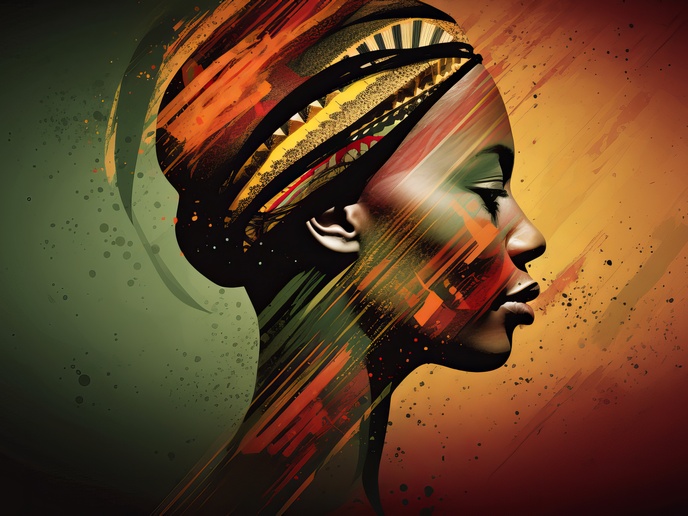Saviour, villain, agent, victim? Untangling the relationship between migrant and smuggler
As the summer weather improves so the numbers of boats carrying migrants across the Mediterranean mounts. According to the UNHCR, the United Nations refugee agency, in 2021 alone at least 896 migrants had died, or had been reported missing as of mid July. EU support to projects such as MAPS helps to gain a clearer picture of the dynamics behind the statistics. “What I tried to figure out was why millions of people kept entrusting their lives to people who were depicted as the very embodiment of evil by mainstream media,” says Luigi Achilli, principal investigator on the MAPS project which was hosted by the European University Institute in Italy. Motivated by the circulation of this pejorative view in the media and general discourse, Achilli researched irregular migration to Europe, first, and then to the United States. His goal was to document what being a smuggler entails for the actors at the very centre of this unfolding drama. “It all began with a question: are human smugglers motivated by anything other than greed and disregard for human life?”
A more nuanced relationship
For most of his research respondents – both smugglers and migrants – human smuggling was not just about profiteering. “Criminal networks can be exploitative while simultaneously being embedded within ethnic networks and local economies, which are grounded in deep notions of solidarity and reciprocity,” notes Achilli. A striking example comes from one of his subjects, called Mahdi, whose imperative to leave Syria required him to work as a ‘guide’ in Turkey for the very smuggling organisation that helped him and his family to leave the country. “When I first met him, Mahdi was a young man in his early 20s. He and his smugglers came from the same village in Syria,” he adds. During the first 2 years following the outbreak of the Syrian civil war, the village became the scene of fierce armed clashes between different armed groups. The intense fighting deprived the village of basic commodities and made it impossible to get supplies from surrounding areas. As Achilli explains, “The resulting hunger, disease and high death rate caused by this situation led Mahdi to contact a smuggler who agreed to bring his family to Europe upon the condition that he work with him and his group in order to pay the smuggling fee.” Achilli’s research highlights challenging questions: was the smuggler a reckless exploiter who capitalised on Mahdi’s vulnerability or a saviour who rescued him and his family from a situation of immediate danger there where official protection channels failed? And what about Mahdi himself? Was he a passive victim of a criminal network or a skilful agent who bypassed structural constraints? “The point of my research was to problematise simplistic categorisations such as ‘criminals’ and ‘victims’ by looking at the complex dynamics behind human smuggling.”
Patterns of people smuggling in the Mediterranean and the Americas
Between 2017 and 2021, with the support of the EU’s Marie Skłodowska-Curie Actions programme, Achilli carried out ethnographic research. This was largely based on interviews and, to a lesser extent, participant observation with Syrian refugees and smugglers themselves in California, Greece, Jordan, Lebanon, Mexico and Turkey. “I was based at San Diego State University (SDSU), located in close proximity to the American/Mexican border and renowned for being a centre of excellence on migratory trends from Central America,” notes Achilli. He found human smuggling held strong social and moral significance for both migrants and smugglers. Despite assumptions of deceit and deception, trust and cooperation seemed to be the rule more than the exception in the interaction between migrants and those behind their journeys. “Where exploitation occurred among migrants and asylum seekers, this was more often the consequence of their protracted condition of deprivation and irregularity than the precise criminal intents of mafia-like organisations. This is exemplified by the situation of many refugees from Syria. Their need to support their families back in Syria considerably increased their vulnerability and the likelihood of their working in dangerous and exploitative conditions, or of getting involved in smuggling networks to enhance their own mobility.”
From interviewees to policy briefs
MAPS has addressed knowledge gaps by examining the perspectives of irregular migrants, smugglers, authorities and local communities simultaneously, comparatively and over time. The result is in-depth, empirical insight into the phenomenon to evaluate the relative success/failure of related migration control/asylum management policies. These are set out in publications such as the papers ‘Beyond legality and illegality: Palestinian informal networks and the ethno-political facilitation of irregular migration from Syria’ and ‘Waiting for the Smuggler: Tales Across the Border’. A book, ‘2021 Global Human Smuggling’, is due to be published in January 2022. This is all the more important because the eastern Mediterranean route and the central American corridors are evolving rapidly, raising serious policy and humanitarian concerns. “In terms of its potential impact on European policy objectives, the project can inform policies that are aimed at managing irregular migration and the fight against human smuggling,” Achilli adds.
Keywords
MAPS, Mediterranean, migration, migrants, people smuggling, irregular migration







